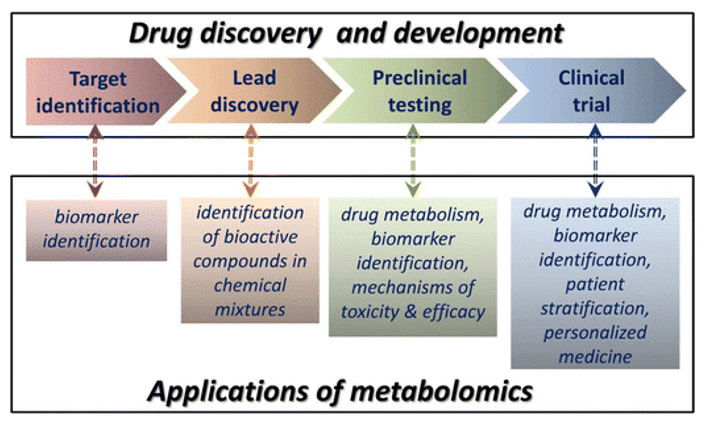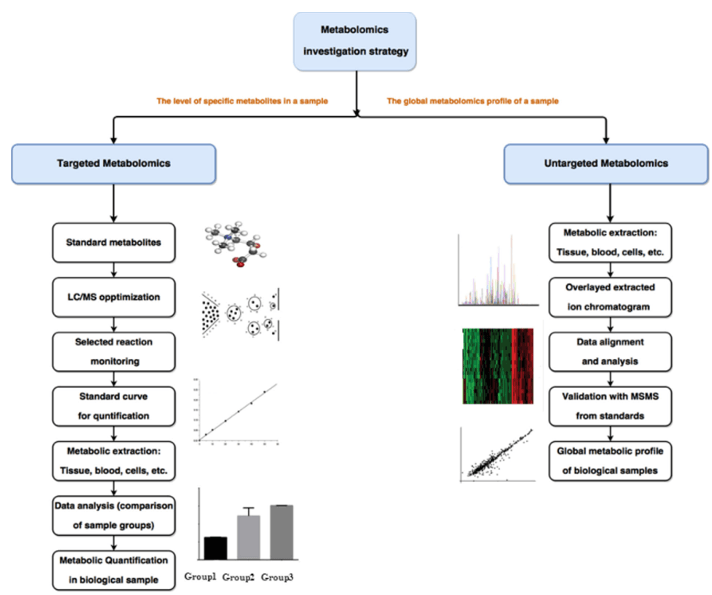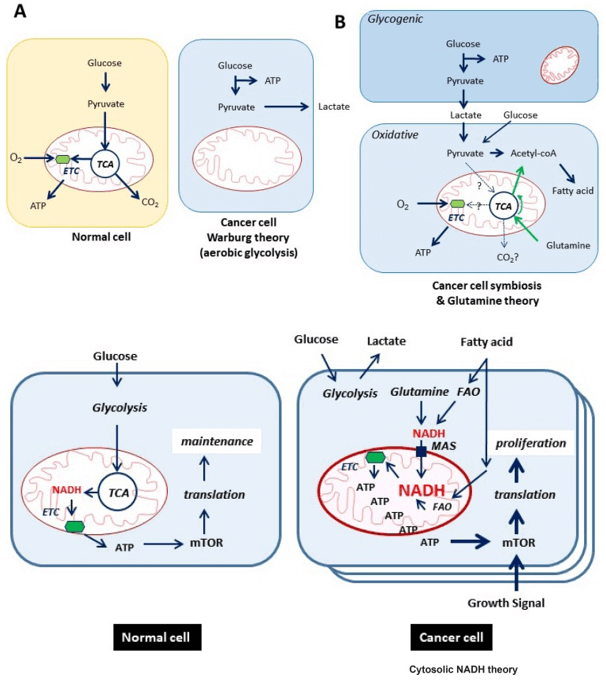Lactose and Neolactose Analysis Service
Submit Your InquiryOverview
Glycosphingolipids are ubiquitous cell surface molecules that contain at least a monosaccharide linked by glycosidic bonds to ceramide or sphingosine. These glycolipid molecules are involved in basic cellular processes such as cell adhesion and signal transduction mediated by protein-protein or protein-carbohydrate interaction. The Lacto-N-tetraose (LNT) and Lacto-N-neotetraose (LNnT) are tetrasaccharide that form the core structural component of the lacto- and neo-lacto glycosphingolipid series, respectively.
Lacto- and neolacto-series glycosphingolipids differ only by one galactosyl linkage: Galβ1–3Lc3 for Lc4 in the lacto-series and Galβ1–4Lc3 for nLc4 in the neolacto-series. These tetrasaccharide are also similar in structure to that poly-N-acetyllactosamine chains. Up-regulation and modification of poly-acetylactosamines to tumor-associated antigens were reported in association with the development of cancer. The presence of galactose/N-acetylgalactosamine/fucose linked to the GlcNAc ring of these tetrasaccharide equates them to the core building blocks of blood group antigens. The lacto-/neolacto- series is also a carrier for certain fun·ctional antigens found on hematopoietic cells, such as blood group antigens and HNK-1 (human natural killer-1/CD57) antigens, and plays an important role in the immune system. The cell surface composition and presentation of these glycolipids are different in cancer cells compared to normal cells and also regulate the fate of tumor progression.
 Fig 1. Lc3 synthase within the gangliosynthesis pathways.
Fig 1. Lc3 synthase within the gangliosynthesis pathways.
Advantages
- Short time-consuming
- High sensitivity and few detection restrictions
- High precision and good repeatability
- High throughput
- Customized service
Service workflow
Lactose is a disaccharide composed of glucose and galactose, which is a unique carbohydrate in the milk of human and mammals. In the growth and development of infants, lactose can not only provide energy, but also participate in the development process of the brain. Lactose has two isomers, α-lactose and β-lactose. Creative Proteomics detection platform uses high performance liquid chromatography (HPLC) and biochemical method to detect the content change of lactose with high efficiency and precision. For rare glucose metabolites such as standard samples, the Creative Proteomics platform offers customized testing. For samples that cannot be detected by HPLC, the Creative Proteomics test platform offers customized testing or kit generation testing. In addition, we offer a neo-lactose test service and other glucose metabolite test services to suit your different needs.
 Fig 2. A typical workflow for MS-based Glycosylphosphatidylinositol in different complex biological samples.
Fig 2. A typical workflow for MS-based Glycosylphosphatidylinositol in different complex biological samples.
Sample requirement
- Serum/plasma: 500 μl/sample
- Protein: 100 µg
- Anticoagulated blood (EDTA): 1 mL
- Urine: 1 ml/sample
- Animal tissues: 200 mg/sample
- Cells: ≥ 1 × 107/sample
- Feces: 500 mg/sample
Repeated freezing and thawing of samples must be avoided. The serum sample should be precipitated in the collection tube for 30 minutes at room temperature, then transported to the centrifuge tube and centrifuged at 8000 rpm for 5 minutes. After centrifugation, the supernatant was equally divided into a freezing tube of 500 uL / sample.
Anticoagulants and preservatives must be added immediately after collection and then frozen at -80 °C.
Urine samples should be equally divided into centrifuge tubes with 1 mL per tube, each tube is added with 1/100 (w/v) sodium azide and stored at -80 °C.
Samples should be frozen in liquid nitrogen immediately and then transported to -80 °C for storage after collected.
Cytoactive should be terminated immediately to maintaining cell integrity.
In general, to assure enough sample to fulfill the whole project, the volume of the single sample need to be offered as much as possible. The remaining samples will be stored for one year free of charge and returned at any time if necessary. All samples need to be stored and transported at -80°C and try to avoid using surfactants (SDS, Triton-X) and inorganic salts.
Clinical samples are repeated in no less than 30 cases in a single group.
Animal samples are repeated in no less than 9 cases in a single group.
Report delivery
- Experimental procedure
- Parameters of HPLC and MS
- Raw data, chromatograms and mass spectra
- Metabolites quantification data
- Custom analysis report
Service cycle
- Sample testing: 5-10 working days
- Data analysis: 5-10 working days
Creative Proteomics metabolism analysis platform is committed to the all-around, reliable and accurate analysis service for a variety of target substances, which is suitable for life-science research, drug exploration, biological determination and other fields. We sincerely hope to cooperate with you to assistant your scientific research.
References
- W. Wang, L. Shi, Y. Qin, et al. Research and Application of Chondroitin Sulfate/Dermatan Sulfate-Degrading Enzymes. Front Cell Dev Biol, 2020, 8:560442.
- Z. Wang, K. Arnold, Y. Xu, et al. Quantitative analysis of heparan sulfate using isotopically labeled calibrants. Commun Biol, 2020, 3(1):425.
- H. Yu, Y. Li, J. Zeng, et al. Sequential One-Pot Multienzyme Chemoenzymatic Synthesis of Glycosphingolipid Glycans. J Org Chem, 2016, 81(22):10809-10824.










